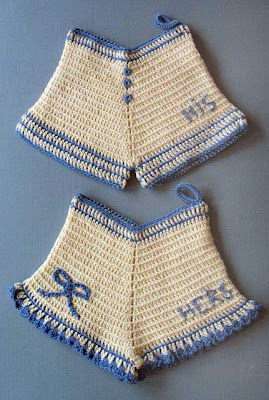 I have combined the Postcard Scavenger Hunt posting with my Postcard Friendship Friday post partly so more people will see it and partly so I won't have to squeeze a post in between Vintage Thingies Thursday and Postcard Friendship Friday. I have also increased the size of the PSH logo in the upper left of my blog and given it a caption with the current month's theme. I am hoping this increased visibility will encourage greater participation. Clicking the big PSH logo at the top of the left column links to the original announcement post with instructions.
I have combined the Postcard Scavenger Hunt posting with my Postcard Friendship Friday post partly so more people will see it and partly so I won't have to squeeze a post in between Vintage Thingies Thursday and Postcard Friendship Friday. I have also increased the size of the PSH logo in the upper left of my blog and given it a caption with the current month's theme. I am hoping this increased visibility will encourage greater participation. Clicking the big PSH logo at the top of the left column links to the original announcement post with instructions.
I thought some people might be interested in the source of the PSH logo. I made it by modifying a postcard that I already had used on my blog Let George Do It.The theme of my monthly Postcard Scavenger Hunt for June is HANDICRAFTS. If you are interested in participating, please read about how it works on my Announcing the Postcard Scavenger Hunt posting. There are some revisions in the instructions, the main one being to put your link in the comments due to the unavailability of Mr. Linky.
NOTE: You don't have to post today. The deadline is really at the end of the month so there is plenty of time to post. You also can put the permalink to an older post in the comments.
Here are some HANDICRAFTS postcards from my collection to inspire you.

The University of Texas Institute of Texan Cultures at San Antonio. Texas women quilted with scraps of old clothing and sacks, and used corn shucks, cotton or wool for batting. Members of the Greater San Antonio Quilt Guild produce beautiful quilts while sharing the history and techniques of their art with visitors. This is a Texas Folklife Festival quilt. (The 2009 Texas Folklife Festival is June 12-14.)

Natives doing their handicraft in San Antonio, Aguas Calientes, Guatemala, C.A. This postcard was mailed in 1975.

Handicraft of Fes (Morocco) - Potter. Fez and Morocco Handicraft.

Dalarna, Sweden. Gudmunds Slöjd (crafts), Sjurberg, Rättvik. Handycraft products of wood. These are Dala horses.

Navajo rug weaver. Navajo rugs are worked on in the Navajo Hogans in winter and outside under a tree in the summer. Wool is sheared from the sheep, sorted amd washed, carded to make fibers line in one direction and worked into a cord which is then dyed to color and then used for weaving. These rugs are made completely of wool and are famed for their beauty and durability.
Participants in Postcard Scavenger Hunt #4:
1. Ana 2. Judy 3. Lara 4. Chris 5. Sheila 6. A Canadian Family 7. All Things Quebec 8. Marie@ happy postcards 9. Vicky, Malaysia

Postcard Friendship Friday






































